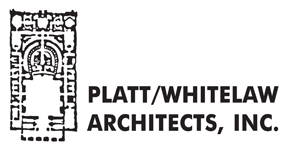Water Works: Blending Design and Function to Bring Water to Communities
At the heart of all architectural design projects is the combination of function and design…or how to make a building design look good while serving a specific purpose. Most people don’t think much about how water arrives to their faucet, but the facilities required to make this happen account for a good portion of Platt/Whitelaw’ […]




